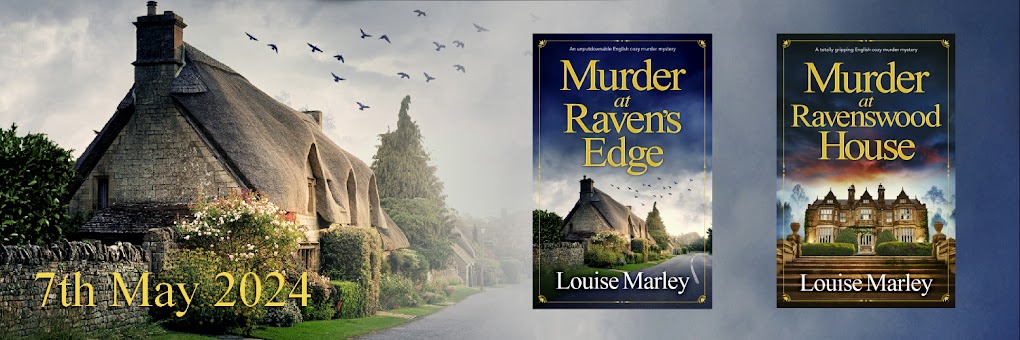(This is a longer version of a post I wrote for Suze Likes, Loves, Finds and Dreams, which you can read if you click here.)
As a writer, I try to create a hero who will fit a reader’s idea of being a hero, yet flawed enough to be considered realistic. So what does make a real hero? Someone who is willing to risk his own life for others – or someone who works quietly in the background, getting on with whatever needs to be done? I came across two such heroes while researching the story of the Royal Charter, which sank off the coast of Anglesey one hundred and fifty years ago.
 |
| Memorial to those who died in the wreck of the Royal Charter (above the cliffs at Moelfre) |
The Royal Charter was a steam clipper, which set sail to Liverpool from Australia in 1859. On board were over four hundred passengers and crew, as well as a fortune in gold bullion being shipped from the Australian gold fields (worth around £14 million in today’s money). Many of the passengers were British miners returning with their own gold packed into their luggage, worn in money belts about their person and sewn into their clothes. They had gone to Australia to seek their fortune and were now returning home with the equivalent of their life’s savings.
As the Royal Charter reached Anglesey it headed straight into the worst storm of the century, with 60ft waves and wind speeds reaching 100 mph. The Captain gave the order to drop anchor and cut the masts to prevent the ship from being smashed against the rocks, but the anchor cables snapped and the ship was blown onto a sandbank, close to the little fishing village of Moelfre.
Land lay tantalisingly close. A lifeboat was launched from the ship but sank almost immediately. A Maltese seaman by the name of Guże Ruggier volunteered to swim from the ship with a rope tied around his waist, to enable a bosun’s chair to be set up between ship and shore. He succeeded through a combination of his strength, knowledge of the sea and pure luck, but by the time he was hauled onto land by the villagers he was badly injured. Yet before a rescue operation could get underway, the incoming tide lifted the stricken ship off the sandbank and a huge wave broke it in two.
 |
| Another memorial, outside the RNLI at Moelfre, depicting Guze Ruggier |
Thirty-nine people were saved through the efforts of Guże Ruggier, and the twenty-eight local men who had formed a human chain to drag survivors out of the sea. Tragically some passengers
had refused to be parted from their gold, because it was all they owned in the
world, and they jumped over the side of the ship still wearing their money
belts. The majority of those who died were laid to rest at St Gallgo’s Church, Llandallgo, where the Reverend Stephen Roose Hughes opened his house to the bereaved
and took responsibility for arranging the identification of
the dead. As the author Charles Dickens would later report, the Reverend Hughes
“worked alone for hours … patiently examining
the tattered clothing, cutting off buttons, hair, marks from linen, anything
that might lead to subsequent identification.” Reverend Hughes also wrote
over 1,000 letters to grieving relatives around the world. The graves of those who died can still be seen in the churchyard, along with a memorial to the tragedy.
 |
| St Gallgo's Church at Llandallgo, just outside Moelfre |
 |
| The memorial to those who died in the wreck (St Gallgo's Church, Llandallgo) |
 |
| The memorial |
In the months following the disaster, salvage operations were able to retrieve the majority of the gold from the wreck but a small quantity is still unaccounted for. The water where the ship sank is not deep and, over the years, the wreck has gradually settled beneath about 15ft of water and sand. Among the articles which have been salvaged by modern-day divers are jewellery, gold nuggets, pistols, silver candlesticks and bottles of wine.
 |
| Memorial outside the RNLI at Moelfre |
The author Charles Dickens wrote about the quiet heroism of the Reverend Stephen Hughes in his newspaper, later to be republished in his book The Uncommerical Traveller. Sadly, the Reverend Hughes died only a few years later. His grave can still be seen in the churchyard at Llandallgo.
 |
| The grave of Rev Stephen Roose Hughes, the Vicar at the time of the tragedy |
A few years after the Royal Charter disaster, Moelfre launched the first of its lifeboats; saving over 600 lives including the crew of the Hindlea – wrecked in almost exactly the same spot, a hundred years and a day after the sinking of the Royal Charter.
 |
| Part of the Anglesey Coastal path, leading past the wreck site |





